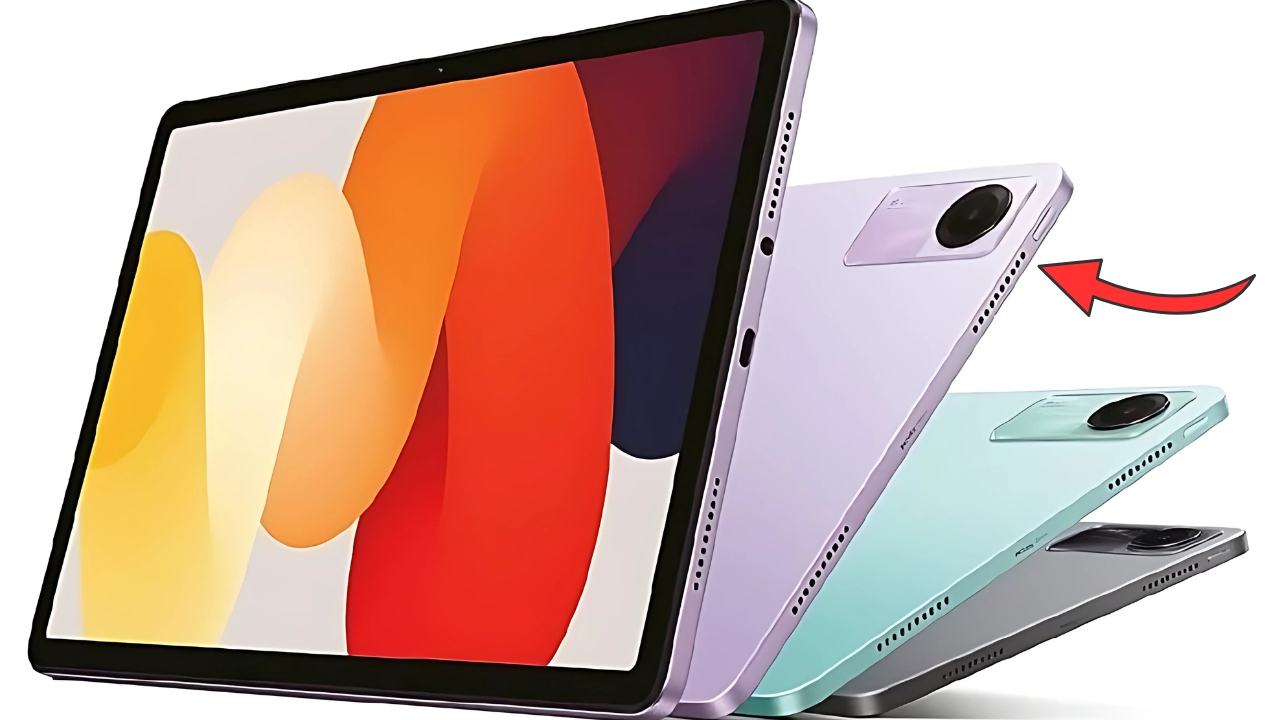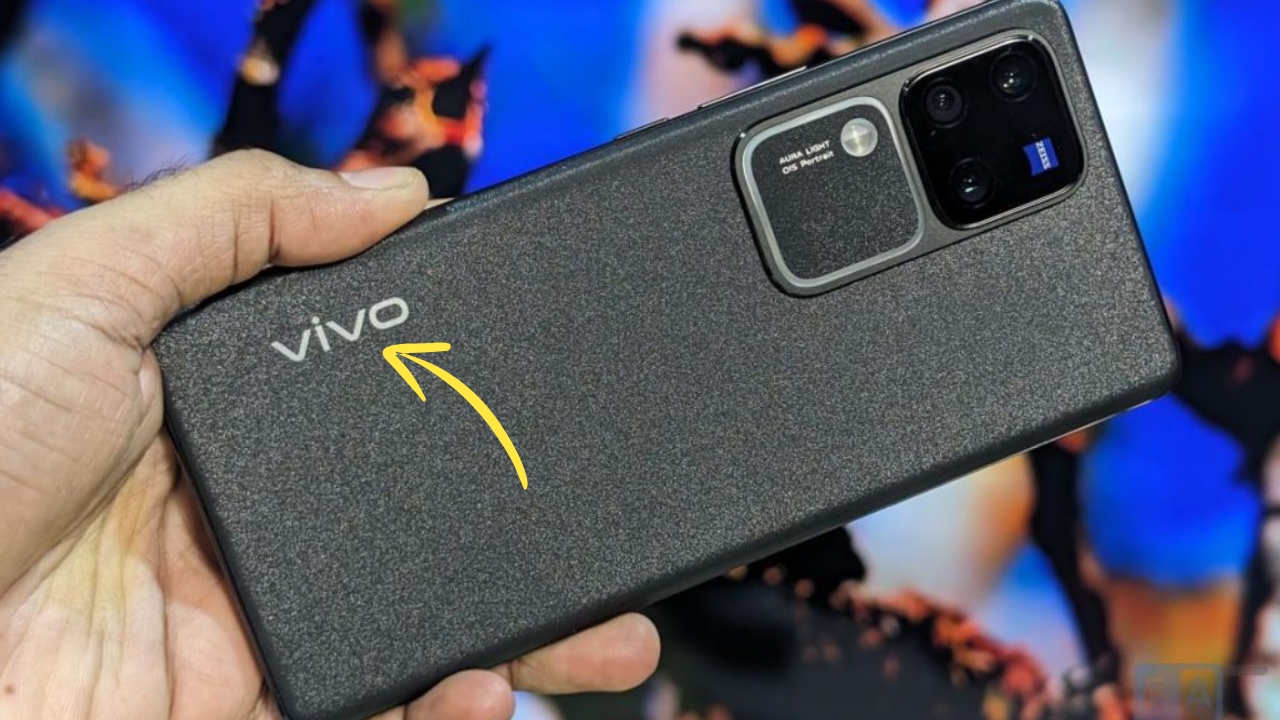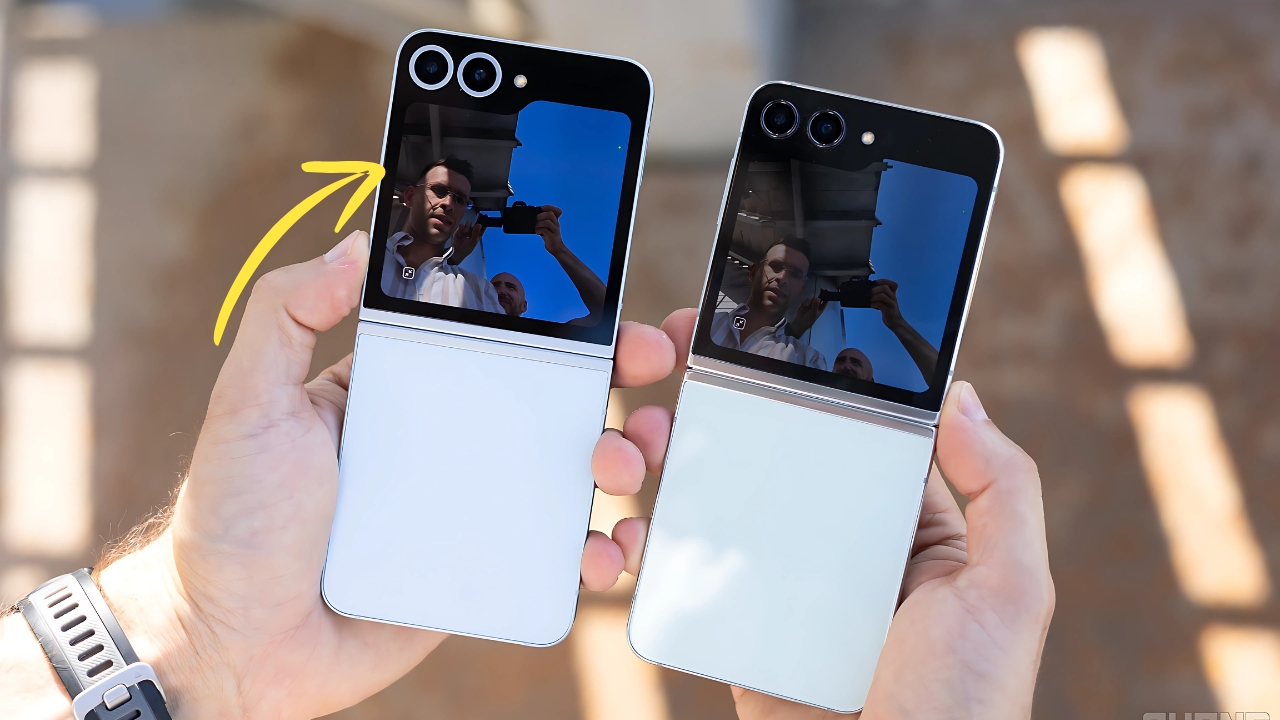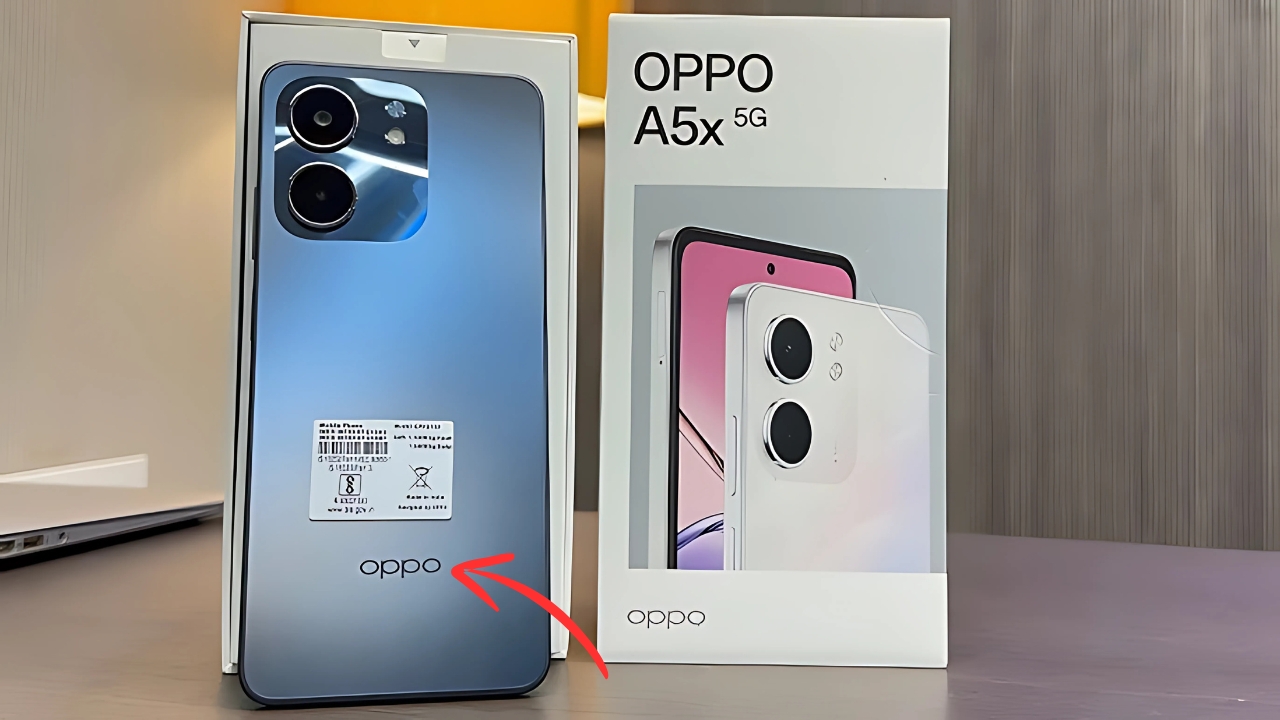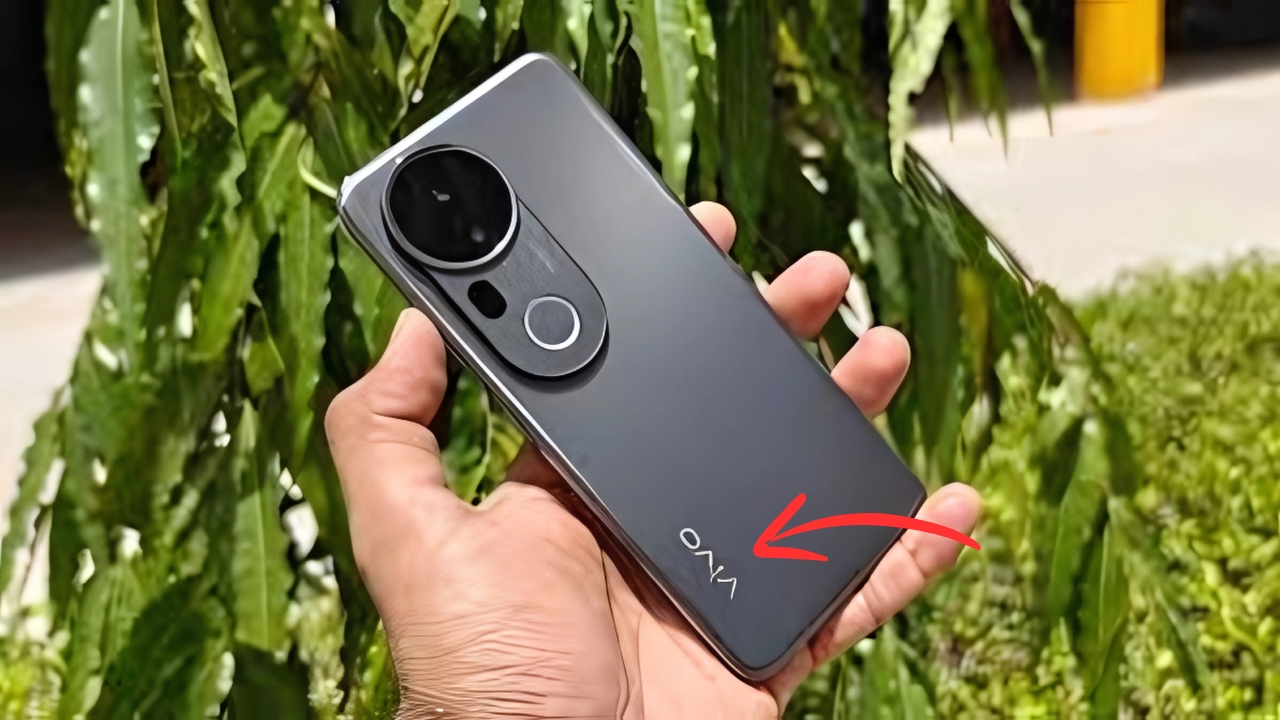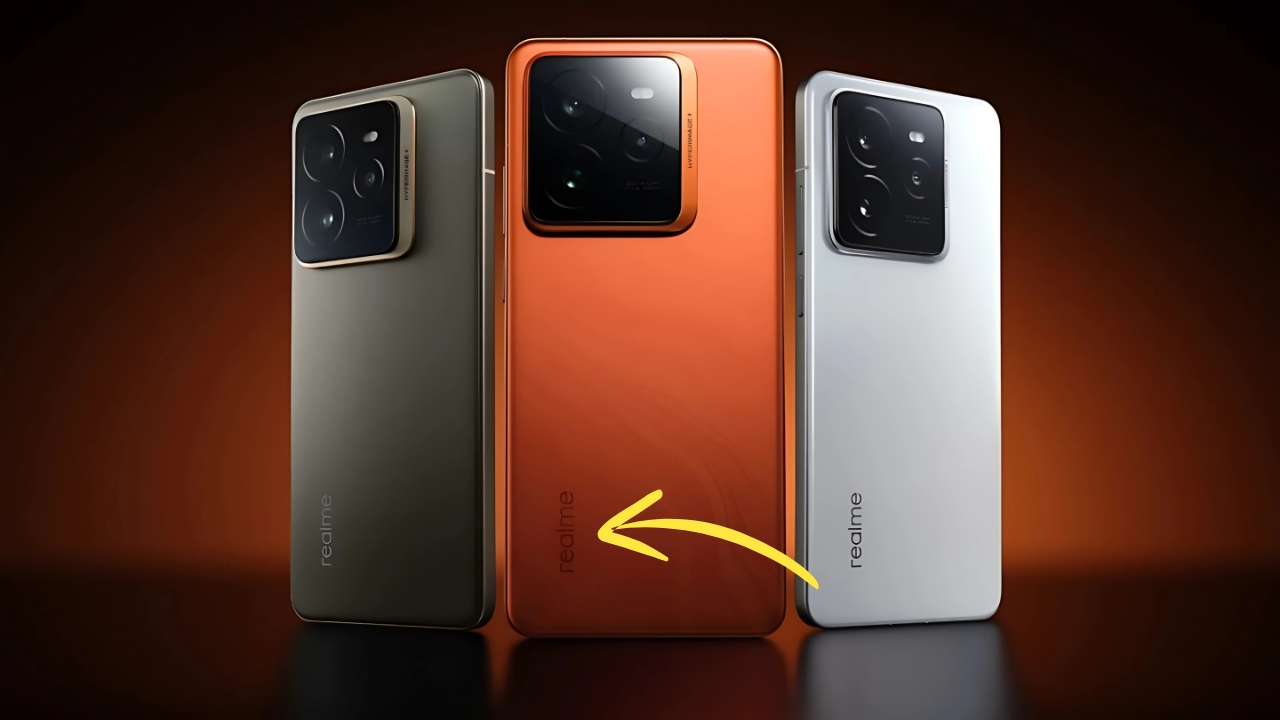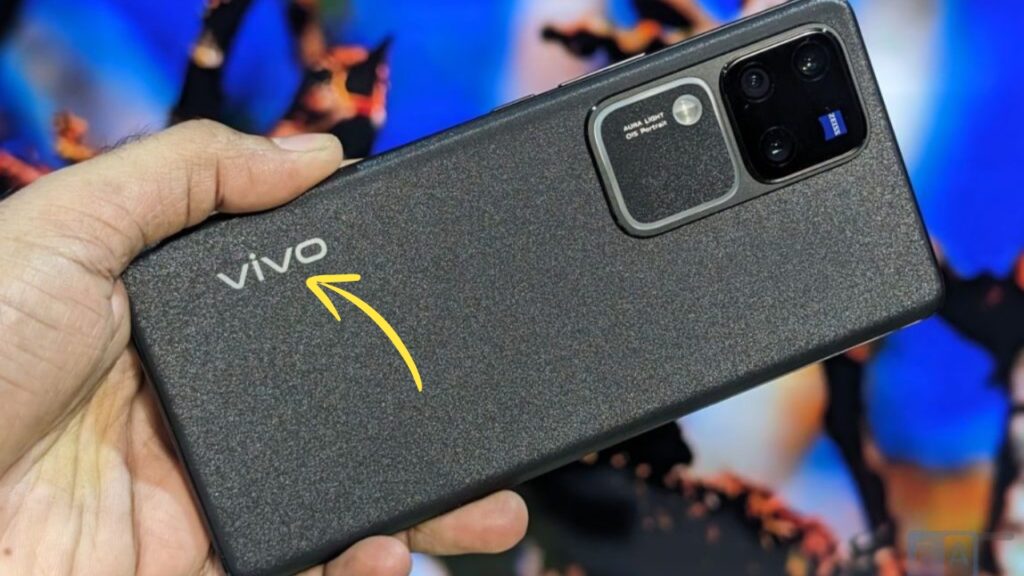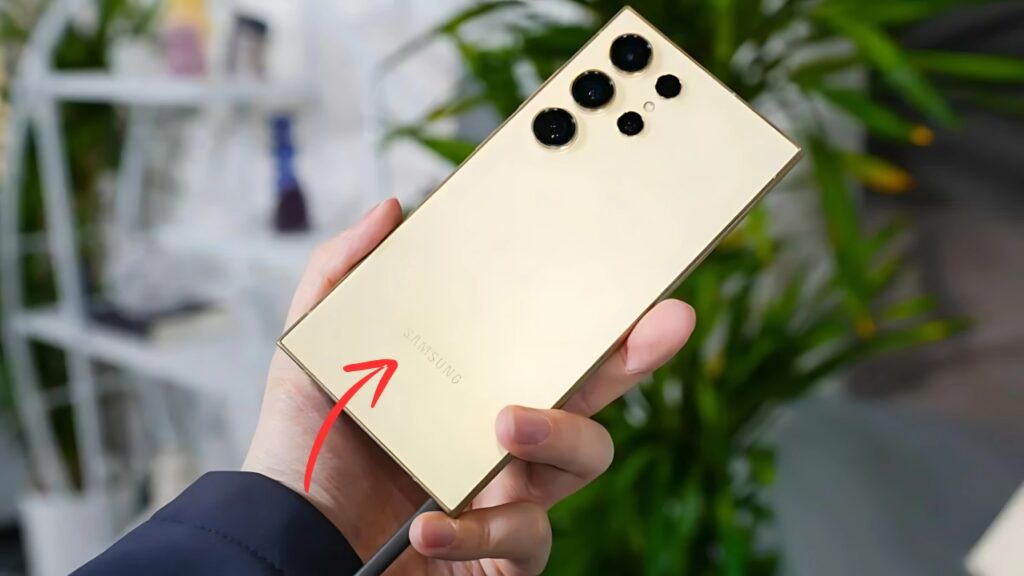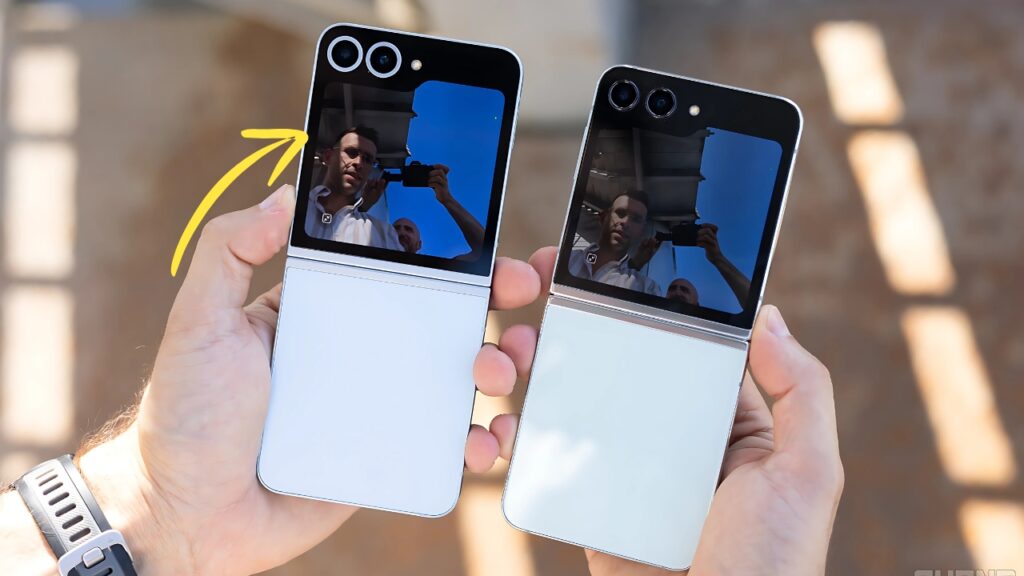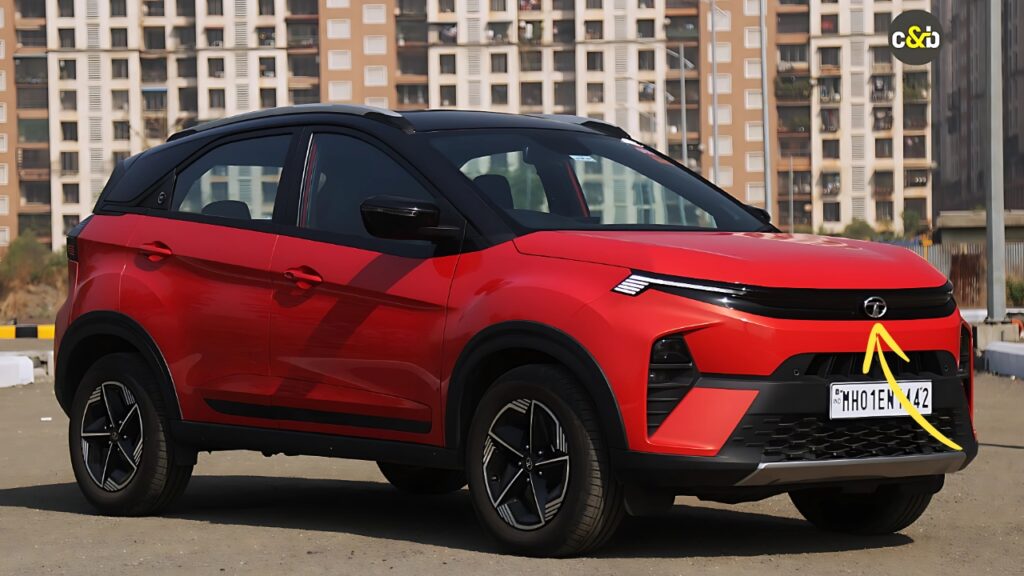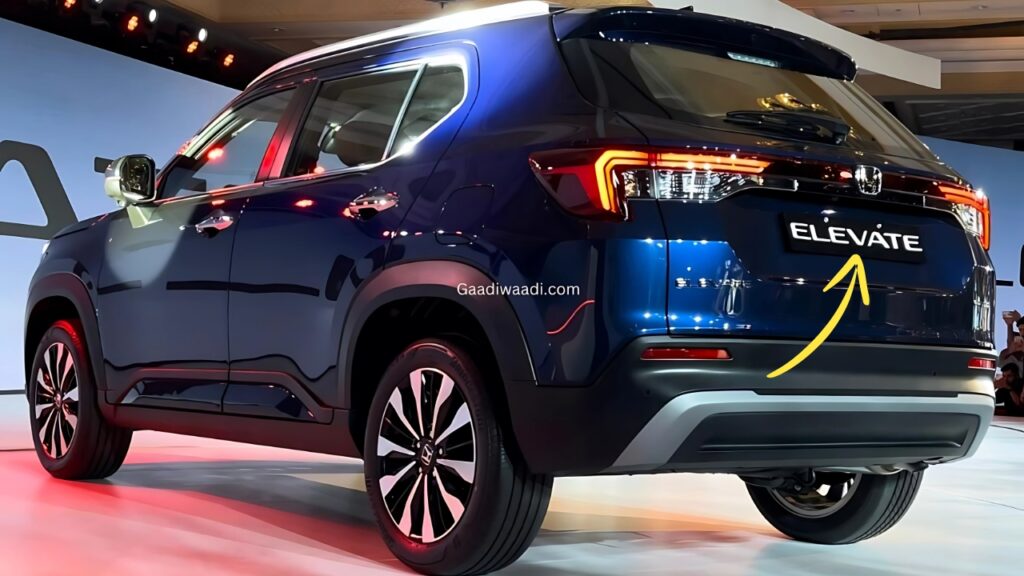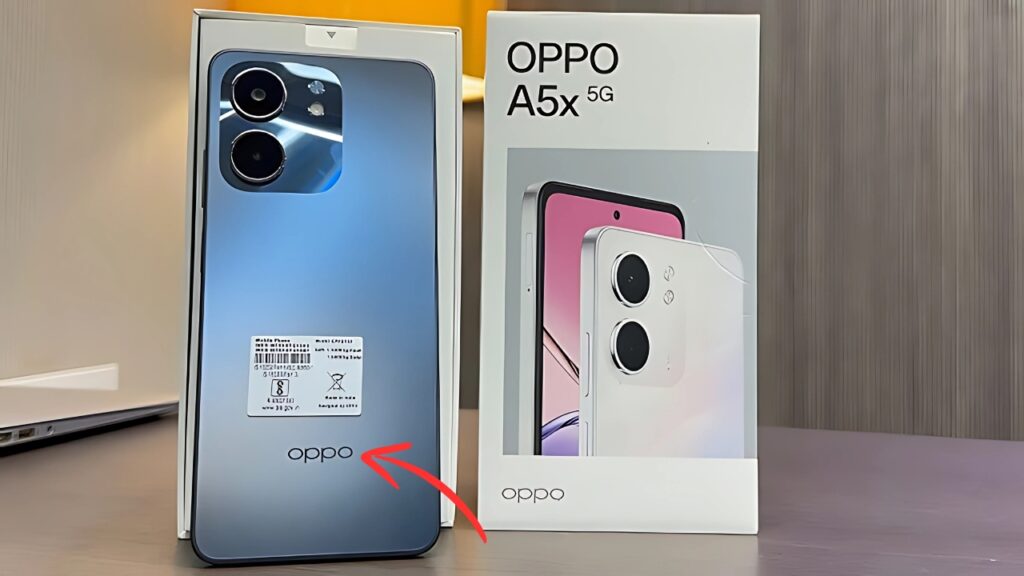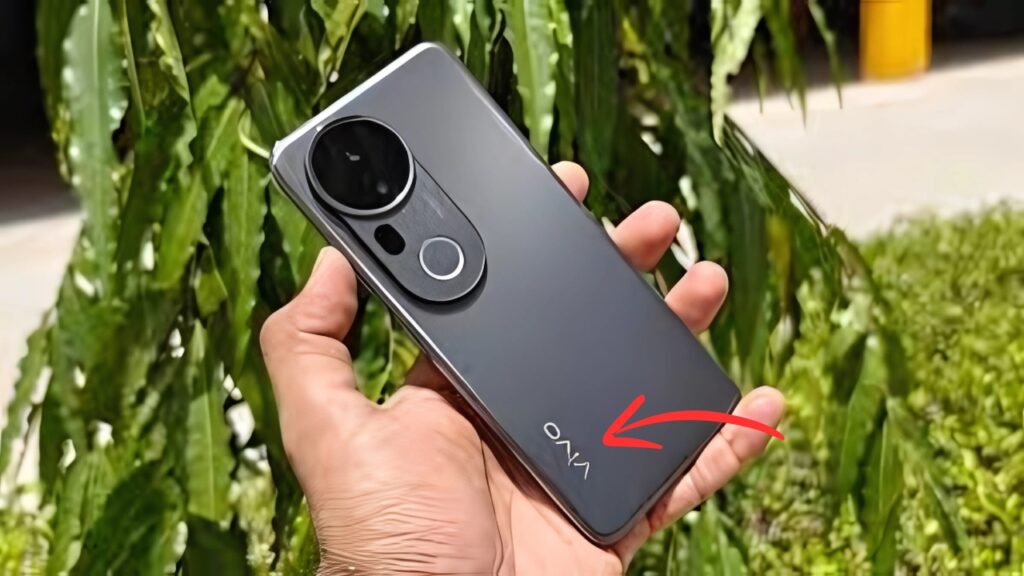Redmi Pad 2 tablet: In the ever-evolving tablet market, Xiaomi’s Redmi sub-brand has consistently focused on delivering value-oriented devices that balance performance and affordability.
The Redmi Pad 2 represents the brand’s latest effort to capture budget-conscious consumers who seek a capable tablet for content consumption, casual gaming, and basic productivity without breaking the bank.
This second-generation device brings notable improvements across display, performance, and audio while maintaining the accessible pricing that made its predecessor successful.
Design Evolution
The Redmi Pad 2 embraces a refined design language that feels more premium than its price would suggest. With a thickness of approximately 7.5mm and weighing around 490 grams, the device strikes a comfortable balance between substantial feel and extended portability.
The aluminum unibody construction provides structural integrity while creating a sleek, modern aesthetic that resists fingerprints and scratches.
Available in three colorways – Graphite Gray, Mint Green, and Moonlight Silver – the tablet offers options ranging from professional to playful.
The flat edges not only contribute to the contemporary look but also improve grip during landscape orientation, which is crucial for media consumption and gaming sessions.
The symmetrical bezels around the display create a balanced appearance while providing sufficient area for thumb placement without accidental touches.
This thoughtful approach to ergonomics extends to the carefully positioned quad speakers and power button, ensuring comfortable usage in various orientations.
Display Experience
The front of the device showcases an 11-inch IPS LCD display with 2K resolution (2000 × 1200 pixels). Xiaomi has prioritized display quality in this budget offering, with the panel delivering good color reproduction, sharp text, and reasonable viewing angles for an LCD implementation.
The 90Hz refresh rate represents a notable upgrade from the standard 60Hz displays typically found in this price segment, resulting in smoother scrolling and animations throughout the user interface.
The screen achieves a peak brightness of approximately 550 nits, ensuring adequate visibility in most indoor environments though it may struggle under direct sunlight.
The display is certified for low blue light emission and flicker-free operation, receiving TÜV Rheinland certification for eye comfort during extended usage sessions.
These considerations are particularly relevant for a device likely to be used for reading and media consumption over longer periods.
Performance Profile
Under the hood, the Redmi Pad 2 is powered by the MediaTek Helio G99 chipset, an octa-core processor featuring two Cortex-A76 performance cores clocked at 2.2GHz and six Cortex-A55 efficiency cores running at 2.0GHz.
This mid-range SoC balances performance with power efficiency for everyday tablet tasks.
The device comes with either 4GB, 6GB, or 8GB of LPDDR4X RAM paired with 64GB, 128GB, or 256GB of UFS 2.2 storage, expandable via microSD card up to 1TB.
Xiaomi’s memory extension technology can virtually allocate additional RAM from storage when needed, helping maintain performance during moderate multitasking.
Day-to-day performance feels responsive for common tablet uses like web browsing, video streaming, document editing, and casual gaming.
The Mali-G57 MC2 GPU handles popular games at medium settings, while more graphically intense titles remain playable with reduced visual quality. For its intended audience of mainstream users with moderate performance requirements, the Redmi Pad 2 delivers a satisfying experience.
Audio and Multimedia
Audio performance receives proper attention with a quad-speaker setup tuned by Dolby Atmos, delivering impressive sound quality for a tablet in this price range.
The speakers provide good stereo separation and reasonable bass response, enhancing the multimedia experience during video streaming and gaming sessions.
The spatial audio implementation creates an immersive soundstage that particularly benefits movie watching and music playback.
Volume levels reach sufficient heights for personal use in moderately noisy environments, though external speakers or headphones remain preferable for shared viewing in larger spaces.
For private listening, the tablet supports high-quality Bluetooth audio codecs for improved wireless audio experience with compatible headphones.
The inclusion of a 3.5mm headphone jack provides compatibility with wired audio accessories, an increasingly rare feature that many users still appreciate.
Software Experience
The Redmi Pad 2 runs Xiaomi’s HyperOS based on Android 14, offering a tablet-optimized interface with multitasking features designed specifically for the larger display.
Xiaomi has committed to two years of major Android updates and three years of security patches, providing reasonable longevity for a device in this price segment.
The software experience includes useful features like Multi-window for running two applications side by side, Floating windows for quickly accessing apps without leaving the current task, and Reading Mode that adjusts screen temperature and contrast for comfortable text consumption.
The optimized interface takes proper advantage of the larger screen real estate, with appropriate scaling for system elements and supported applications.
Xiaomi has partnered with key developers to ensure popular apps are properly optimized for the tablet form factor, addressing a common issue with Android tablets.
While some pre-installed applications are present, most can be uninstalled or disabled according to user preference.
Battery Life and Charging
Battery endurance stands out as one of the Redmi Pad 2’s strengths, featuring a substantial 8,000mAh cell that easily handles a full day of mixed usage.
Screen-on time typically ranges between 10-12 hours with activities including video streaming, web browsing, and casual gaming.
When it’s time to recharge, the included 33W fast charger replenishes the battery from empty to full in approximately 100 minutes.
This relatively fast charging capability represents a significant improvement over the slower charging commonly found in budget tablets, providing meaningful convenience for users with busy schedules.
Xiaomi has implemented several battery optimization features through HyperOS, including Battery Saver mode for extending runtime during critical situations and Sleep Standby Optimization that minimizes battery drain during idle periods.
Connectivity and Additional Features
The Redmi Pad 2 offers comprehensive connectivity options including dual-band Wi-Fi 5, Bluetooth 5.2, and USB-C for charging and data transfer.
The inclusion of a microSD card slot provides storage expansion flexibility, a valuable feature for a device likely to store media files.
Some variants include 4G LTE connectivity, enabling on-the-go internet access without relying on Wi-Fi hotspots.
This option adds versatility for users who need connectivity in various environments, though it comes with a modest price premium.
The tablet includes an 8MP rear camera sufficient for document scanning and casual photography, plus an 8MP front-facing camera well-suited for video calls.
While not competing with smartphone cameras, these sensors perform adequately for their intended tablet-specific use cases.
Redmi Pad 2 tablet
The Redmi Pad 2 successfully delivers a balanced tablet experience that emphasizes the features most important to mainstream users.
By focusing on display quality, audio performance, battery life, and usable software while maintaining competitive pricing, Xiaomi has created a device that serves everyday tablet needs without significant compromise.
